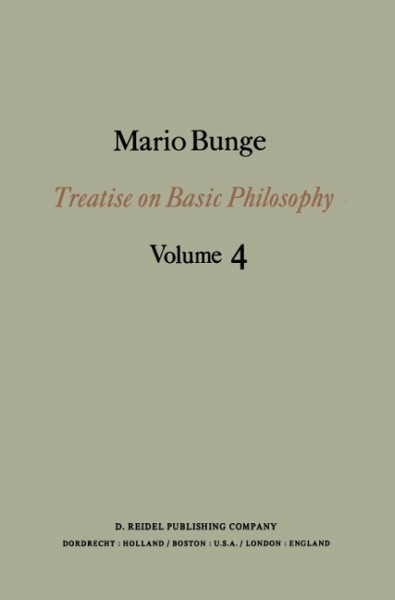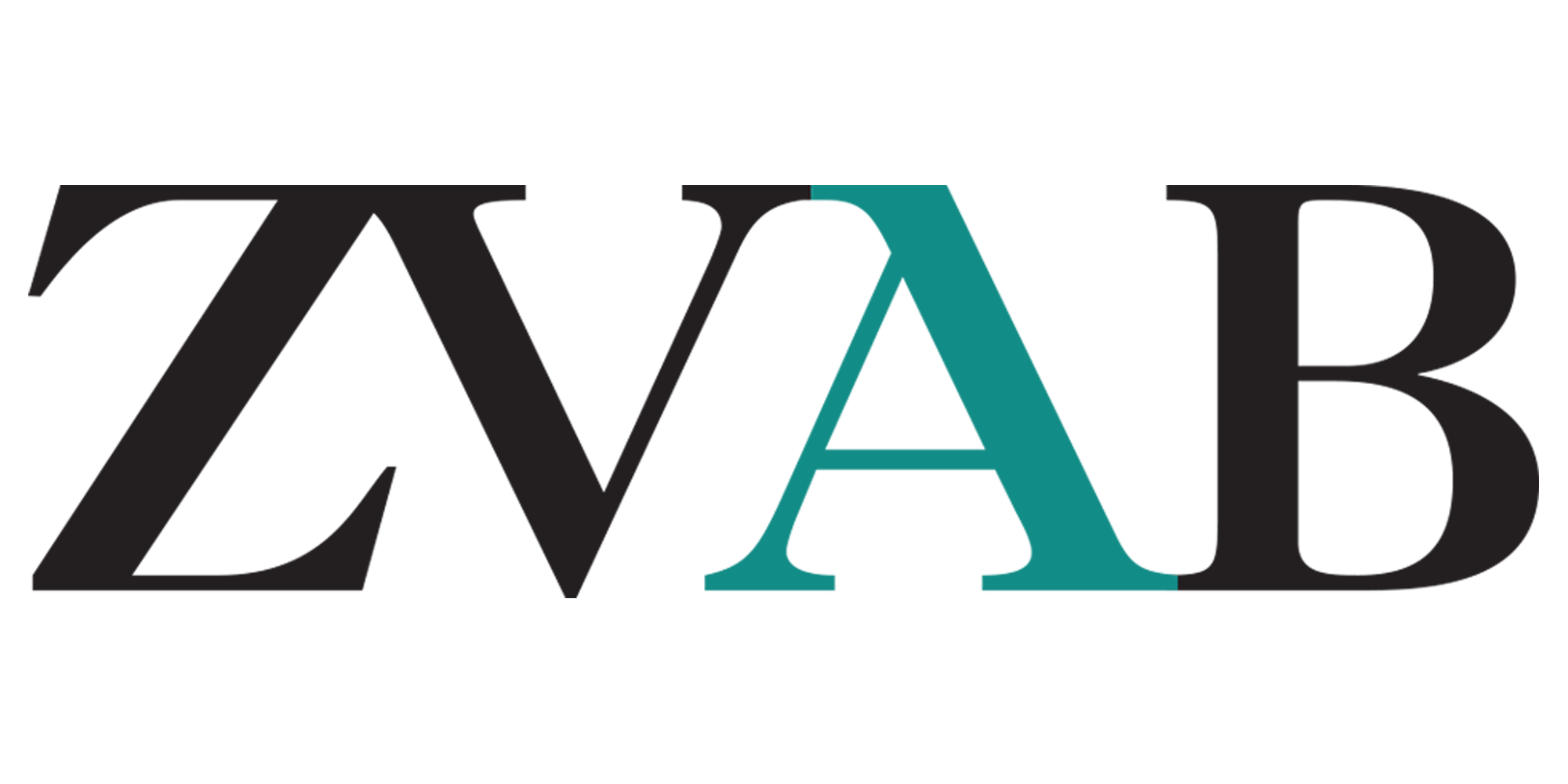
Treatise on Basic Philosophy
Kurzinformation
inkl. MwSt. Versandinformationen
Artikel zZt. nicht lieferbar
Artikel zZt. nicht lieferbar

Beschreibung
of Ontology II.- 1. System.- 1. Basic Concepts.- 1.1. Aggregate and System.- 1.2. Concrete System: Definition.- 1.3. More of the Same.- 1.4. Subsystem.- 1.5. Level.- 1.6. Systems Association.- 1.7. Other Kinds of System: Property and Functional.- 1.8. Concluding Remarks.- 2. System Representations.- 2.1. Coupling Graphs and Matrices.- 2.2. The State Space Representation.- 3. Basic Assumptions.- 3.1. Structural Matters.- 3.2. Assembly and Emergence.- 3.3. Selection.- 3.4. Evolution.- 4. Systemicity.- 4.1. Integration, Cohesion, Coordination.- 4.2. Holism, Atomism, Systemism.- 5. Concluding Remarks.- 2. Chemism.- 1. Chemical System.- 1.1. Atom.- 1.2. Molecule.- 1.3. Chemical System.- 1.4. Chemical Reaction.- 1.5. Chemical Control.- 2. Biochemical System.- 2.1. Biomolecule.- 2.2. DNA Replication, and RNA and Protein Synthesis.- 2.3. Biochemical System.- 2.4. Concluding Remarks.- 3. Life.- 1. From Chemism to Life.- 1.1. Self-Organization of Biochemical Systems.- 1.2. Definition of a Biosystem.- 1.3. Cell and Organism, Biospecies and Biopopulation.- 1.4. Biolevel.- 1.5. Concluding Remarks.- 2. Biofunction.- 2.1. Health and Death.- 2.2. Function and Value.- 2.3. Biocontrol.- 2.4. Development.- 2.5. Reproduction and Heredity.- 2.6. Development, Heredity, and the Metaphysical Tradition.- 3. Evolution.- 3.1. Adaptation.- 3.2. Adaptation Mechanism.- 3.3. Evolution and Coevolution: Basic Ideas.- 3.4. A Schema of the Evolutionary Process.- 3.5. The Underlying Mechanism.- 3.6. Bioprogress.- 4. Concluding Remarks.- 4. Mind.- 1. Central Nervous System.- 1.1. Philosophical Background.- 1.2. Neural Units.- 1.3. Initial Definitions.- 1.4. Basic Assumptions.- 2. Brain States.- 2.1. Brain Functions.- 2.2. Mental States and Processes.- 2.3. Psychosomatic Interaction.- 2.4. Location of the Mind.- 2.5. Mentalist Predicates.- 3. Sensation to Valuation.- 3.1. Sensing and Perceiving.- 3.2. Mapping Body and Environment.- 3.3. Behavior: Definitions and Principles.- 4. Recall to Knowledge.- 4.1. Memory and Learning.- 4.2. Expectation and Purpose.- 4.3. Thinking.- 4.4. Cognition and Decision.- 4.5. Creativity.- 5. Self to Society.- 5.1. Awareness, Consciousness, Will.- 5.2. Person and Self.- 5.3. Social Behavior.- 5.4. The Root of Social Cohesion.- 5.5. Communication.- 5.6. Protoeconomy, Protoculture, Protopolity.- 6. Concluding Remarks.- 5. Society.- 1. Human Society.- 1.1. Definitions.- 1.2. Subsystem, Supersystem. Specific Function.- 1.3. Institution.- 2. Social Subsystems and Supersystems.- 2.1. Work.- 2.2. Labor.- 2.3. Cultural and Managerial Work.- 2.4. The Main Subsystems of a Human Society.- 2.5. The Supersystems: Nation and World.- 3. Economy, Culture, and Polity.- 3.1. The Economic System.- 3.2. The Cultural System.- 3.3. The Political System.- 4. Social Structure.- 4.1. Root Social Relations.- 4.2. Social Structure.- 4.3. Differentiation and Cohesion.- 4.4. Social Relations and Structures: Real?.- 5. Social Change.- 5.1. The Social Structure Approach.- 5.2. History.- 6. Concluding Remarks.- 6. A Systemic World View.- 6.1. A World of Systems.- 6.2. System Genera.- 6.3. Novelty Sources.- 6.4. Emergence.- 6.5. Systemism Supersedes Atomism and Holism.- 6.6. Synopsis.- Appendix A. System models.- 1. Input-Output Models.- 1.1. The Black Box.- 1.2. Connecting Black Boxes.- 1.3. Control System.- 1.4. Stability and Breakdown.- 2. Grey Box Models.- 2.1. Generalities.- 2.2. Deterministic Automata.- 2.3. Probabilistic Automata.- 2.4. Information Systems.- Appendix B. Change models.- 1 Kinematical Models.- 1.1. Global Kinematics.- 1.2. Analytical Kinematics.- 1.3. Balance Equations.- 1.4. Lagrangian Framework.- 1.5. Kinematical Analogy.- 2. Dynamical Models.- 2.1. Generalities.- 2.2. Formalities.- 2.3. The Pervasiveness of Cooperation and Competition.- 2.4. The Dynamics of Competitive-Cooperative Processes.- 3. Qualitative Change Models.- 3.1. Kinematical: Birth and Death Operators.- 3.2. Dynamical: Random Hits.- Index of Names.- Index of Subjects. von Bunge, M.
Produktdetails

So garantieren wir Dir zu jeder Zeit Premiumqualität.
Über den Autor

- Hardcover
- 388 Seiten
- Erschienen 1996
- Meiner, F

- Gebunden
- 424 Seiten
- Erschienen 1996
- Meiner, F

- Leinen
- 451 Seiten
- Erschienen 2003
- Meiner, F

- Kartoniert
- 688 Seiten
- Erschienen 2022
- Meiner, F

- Leinen
- 408 Seiten
- Erschienen 2004
- Meiner, F

- Kartoniert
- 384 Seiten
- Erschienen 2013
- Meiner, F

- Kartoniert
- 142 Seiten
- Erschienen 2001
- Routledge

- Gebunden
- 294 Seiten
- Erschienen 1994
- Meiner, F

- Gebunden
- 389 Seiten
- Erschienen 2022
- Meiner, F

- Kartoniert
- 169 Seiten
- Erschienen 2017
- Meiner, F

- Kartoniert
- 122 Seiten
- Erschienen 2016
- Meiner, F

- Kartoniert
- 264 Seiten
- Erschienen 2005
- Meiner, F

- Gebunden
- 81 Seiten
- Erschienen 2022
- Meiner, F

- Kartoniert
- 474 Seiten
- Erschienen 1996
- Meiner, F

- Gebunden
- 468 Seiten
- Erschienen 1996
- Meiner, F

- paperback
- 567 Seiten
- Erschienen 1991
- Meiner, F

- Leinen
- 354 Seiten
- Erschienen 2019
- Meiner, F

- hardcover
- 478 Seiten
- Erschienen 1996
- Meiner, F

- hardcover
- 704 Seiten
- Erschienen 1988
- Meiner, F

- Kartoniert
- 358 Seiten
- Erschienen 2020
- Meiner, F

- perfect
- 658 Seiten
- Erschienen 1971
- De Gruyter

- paperback
- 220 Seiten
- Erschienen 2020
- MV-Philosophy

- Kartoniert
- 444 Seiten
- Erschienen 2007
- Meiner, F

- Kartoniert
- 165 Seiten
- Erschienen 2003
- Meiner, F

- Gebunden
- 304 Seiten
- Erschienen 1973
- De Gruyter

- paperback
- 646 Seiten
- Erschienen 1979
- Wissenschaftliche Buchgesel...















![Logische Untersuchungen [Taschenbuch]. Logische Untersuchungen [Taschenbuch].](https://d3k2uuz9r025mk.cloudfront.net/media/image/3f/70/e0/1758785848_91598291536.jpg)




